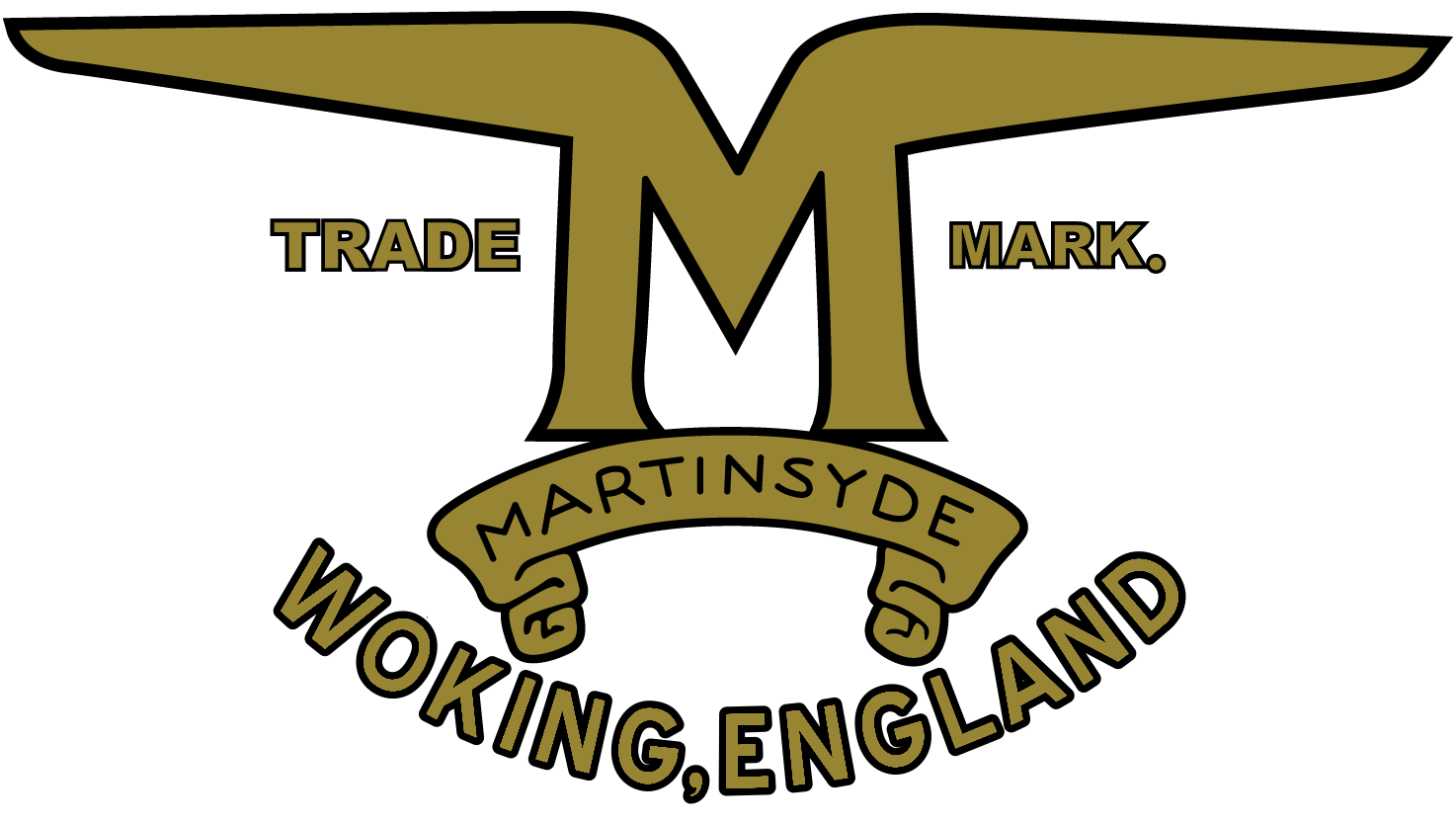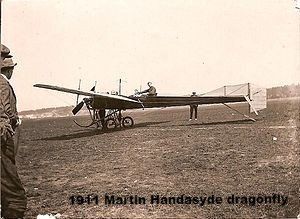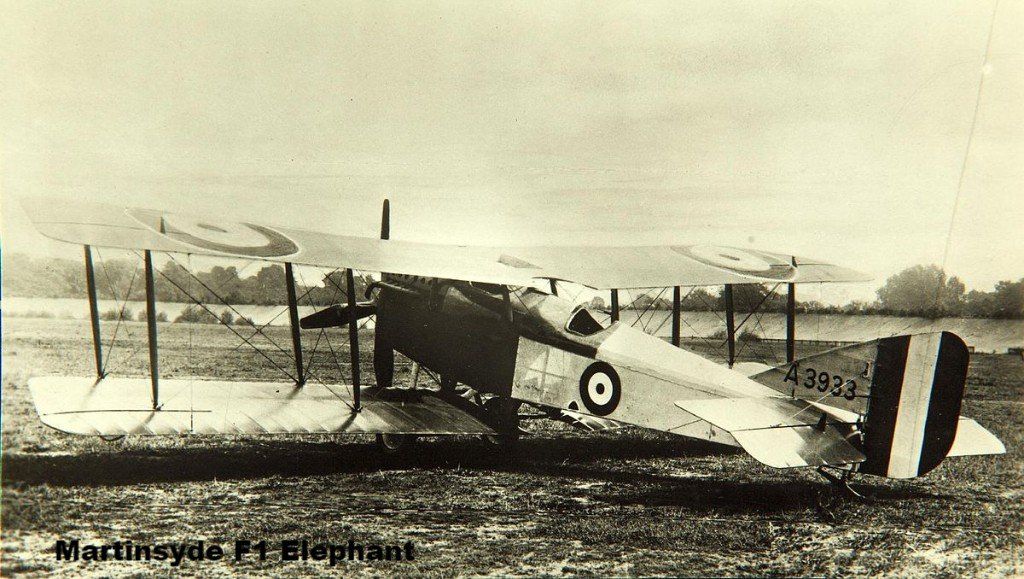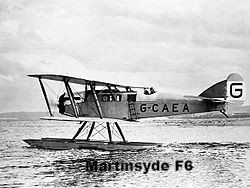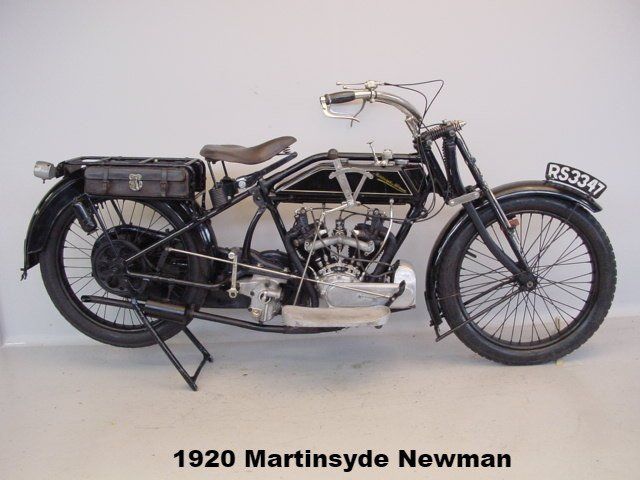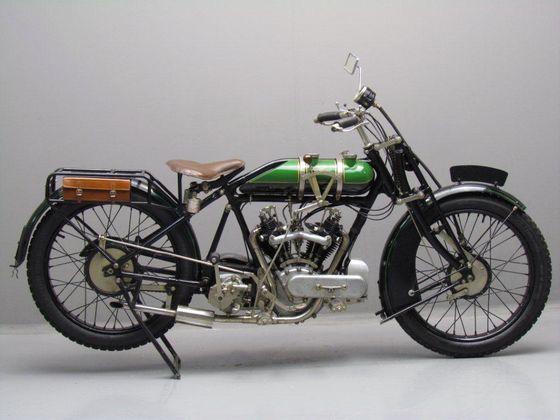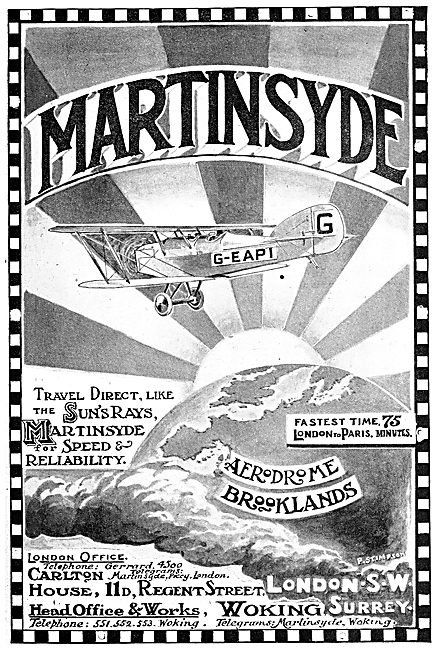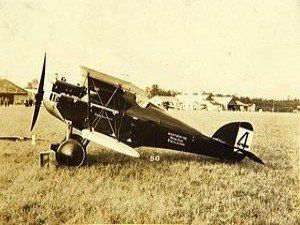Martinsyde History
The company was first formed in 1908 as a partnership between H.P. Martin and George Handasyde and known as Martin & Handasyde. Their No.1 monoplane was built in 1908–1909 and succeeded in lifting off the ground before being wrecked in a gale.They went on to build a succession of monoplane designs although it was a biplane, the S.1 of 1914, that turned Martin-Handasyde into a successful aircraft manufacturer.
In 1915 they renamed the company Martinsyde Ltd, and it became Britain's third largest aircraft manufacturer during World War One, with flight sheds at Brooklands and a large factory in nearby Woking.
The Martinsyde G.100 "Elephant" and the G.102 were British fighter bomber aircraft of the First World War built by Martinsyde. The type gained the name "Elephant" from its relatively large size and lack of manoeuvrability. The G.102 differed from the G.100 only in having a more powerful engine.
An unusually large aircraft for a single-seater, the Elephant was designed by A A Fletcher of the Martinsyde Company, a prototype powered by a 120 hp Austro-Daimler engine entering test in the autumn of 1915.
The initial production version, the G.100, was powered by a 120h p six-cylinder Beardmore engine and was armed with a single 0.303 in drum-fed Lewis Gun mounted above the centre section. This was later augmented by a similar weapon bracket-mounted to the port fuselage side behind the cockpit).
The G.100 was gradually succeeded by the G.102 with a 160 hp Beardmore engine. Maximum speed of the 160 hp aircraft was 108 mph at sea-level falling to 100 mph at 10,000 ft; it had a maximum ceiling of 14,000 ft .
The G.100 was built originally as a long range, single-seat fighter and escort machine but on the basis of its size and weight was reclassified as a day bomber.

